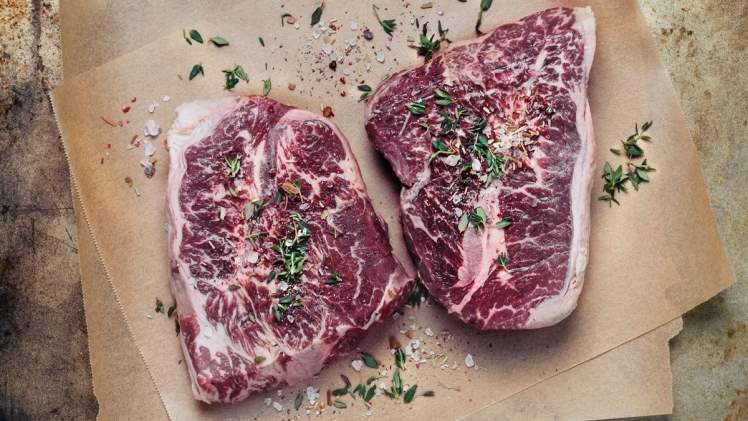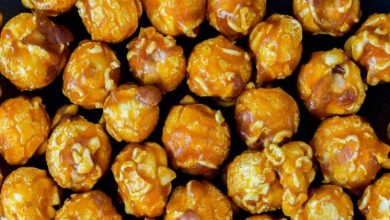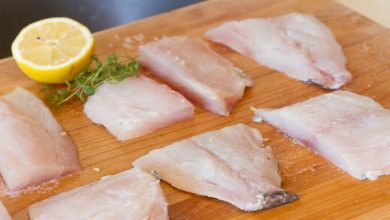What Does Beef Mean?

Beef is the meat of mature cattle. It is richly marbled, velvety, and bright red in color. In addition to being a delicacy, beef is a common term for expressing complaints. It is associated with increased risk of coronary heart disease and colorectal cancer. Learn what beef means and how it is prepared. Then you can start talking about the benefits and risks of beef! Read on to learn more!
Beef is the meat of mature cattle
Mature cattle produce the best quality meat, whereas calves are usually too young for beef. The beef comes from cattle that have been farmed for more than 20 years. Its taste is rich and flavorful, and its age is reflected in its price. Mature cattle also produce milk, which can be used for breeding beef calves. Many chefs now promote the consumption of retired cattle. Here are some reasons why.
Mature cattle have fewer off-flavors than younger animals. Studies have shown that cattle with higher marbling scores have greater palatability. The proportion of off-flavors and marbling in mature cattle was inversely proportional to their sensory scores. While grain-finished cattle have higher palatability, unfinished cattle produce lower-quality beef. Increasing marbling content could mitigate these problems.
It is velvety, fine-grained, lean, bright red in color and well-marbled
Beef is the flesh of mature cattle and distinguishes itself from veal. The best beef comes from early maturing special breeds of cattle. It is firm, velvety-textured, lean, and bright red in color, and has a well-marbled fat. When buying beef, make sure to purchase it as the last item in your grocery cart. Once you’ve purchased it, store it properly.Visit here for more description about Deodorant
The color of meat is a factor in consumer acceptance. Bright red meat is more appealing to the general public, while pale-coloured meat is unappetizing. European and Quebec consumers prefer darker meats, particularly mutton. Meat cutters and cooks will have to answer the question of why certain parts of chicken have darker flesh than others.See all information about Sw418
It is prepared in various ways
There are several different ways to prepare beef, including braising, stewing, and roasting. Stewing uses more liquid than braising and can be a great way to create a delicious beef noodle soup. Roasting is another way to cook beef but requires a low temperature to achieve the proper doneness. The meat is typically seared before it is roasted to give it a nice flavor and tenderness.
Beef is separated into four basic cuts, called primers. These cuts include chuck, round, loin, and rib. The label on fresh beef should state which cut is primal so that consumers can understand how to prepare the meat. In general, chuck and round cuts are less tender than rib and loin, so they are best prepared with moist heat. Lard and rib cuts can be roasted in a dry heat.
It is associated with increased risk of colorectal cancer and coronary heart disease
Although it may not come as a surprise to many people, a substantial number of studies have linked beef consumption with increased risk of colorectal cancer. However, no comprehensive review has been conducted to summarize the epidemiological evidence. Rather, we conducted a systematic review of studies that included prospective and cohort studies that focused on the effects of red meat consumption on CRC, coronary heart disease, and colorectal adenomas.
While a strong association was found between beef consumption and CRC, there was a large difference in meat intake. The highest beef consumption in the Asian studies was only 7.4 grams/day, while the highest meat intake in European studies was 51.4 grams per day, averaging more than 45 grams. These findings suggest that lower meat consumption in Asia might not have produced enough of an association. Still, these modest associations likely don’t explain the wide variation in CRC incidence across countries.




